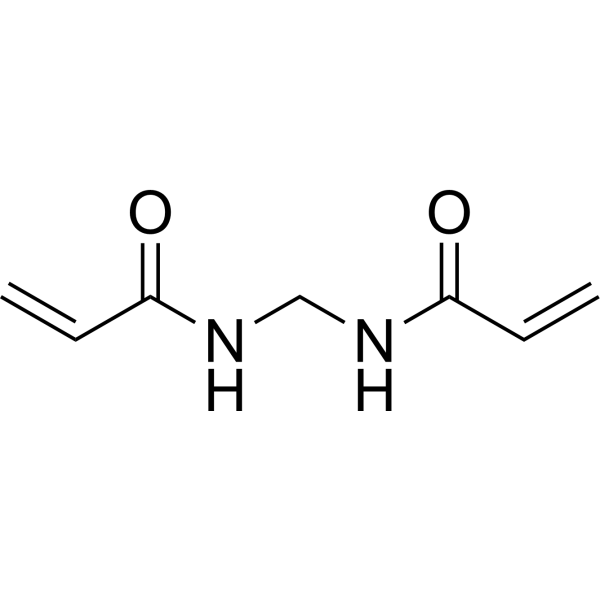| Structure | Name/CAS No. | Articles |
|---|---|---|
 |
deuterium
CAS:7782-39-0 |
|
 |
N,N′-Methylenebisacrylamide
CAS:110-26-9 |
|
 |
BIO-acetoxime
CAS:667463-85-6 |